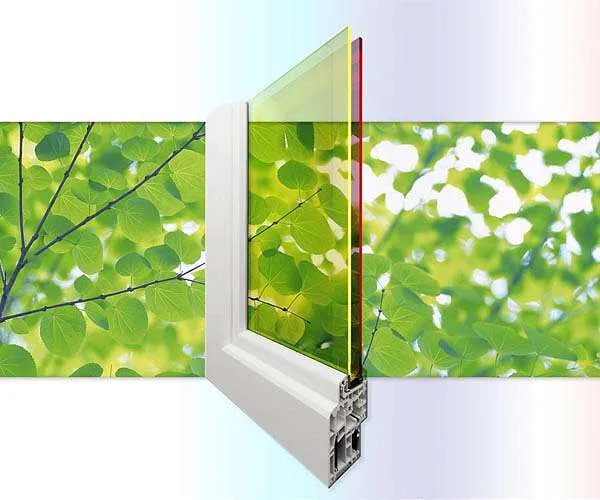Freestanding microwire-array allows flexible solar window
- TSCs are emerging devices which combine the advantages of visible transparency and light-to-electricity conversion. Among the valuable potential applications of these devices is their integration into vehicles, buildings, or mobile electronics. Therefore, color-perception and flexibility are important in addition to the efficiency.

Presently, existing transparent solar cells have been based predominantly on organics, dyes, perovskites and amorphous Si; nonetheless, the color-tinted transparent character or rigidity of these devices strongly limits the usefulness of the resulting TSCs for real-world applications.
In a new paper published in Light Science and Application, scientists from Department of Materials Science and Engineering, Ulsan National Institute of Science and Technology, Republic of Korea, and coworkers created efficient and flexible transparent solar cells that have color-neutrality. Based on the silicon microwires embedded in the transparent polymer matrix, they demonstrated transparent, elastic and even stretchable cells.
This freestanding film was utilized for constructing block of solar cells. A heterojunction between n-type Si and p-type polymeric semiconductor is shaped in the top part and a transparent conductive film at the base of the device.
The transparency of these devices could be tuned from ~ 10% to 55 percent by adjusting the spacing between the microwires. Additionally, after the cyclic bending evaluation or under the bending condition, the performance was preserved with no substantial reduction, indicating the solar cells have excellent flexibility. This stretchable and translucent freestanding-form of microwire array / polymer composites film in this study is promising for potential transparent solar cells.
Also read


